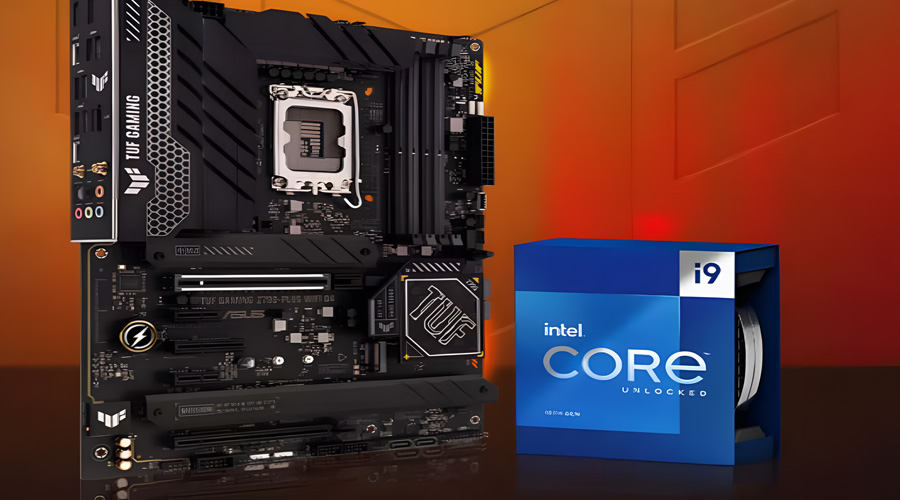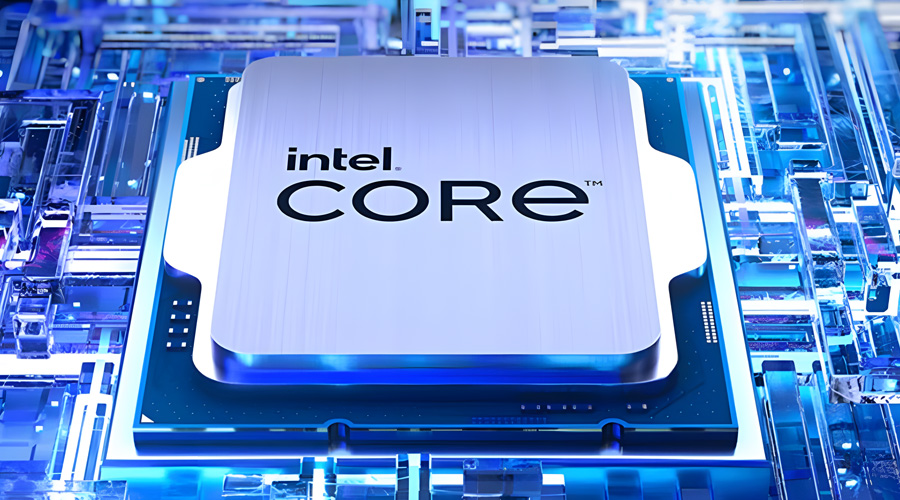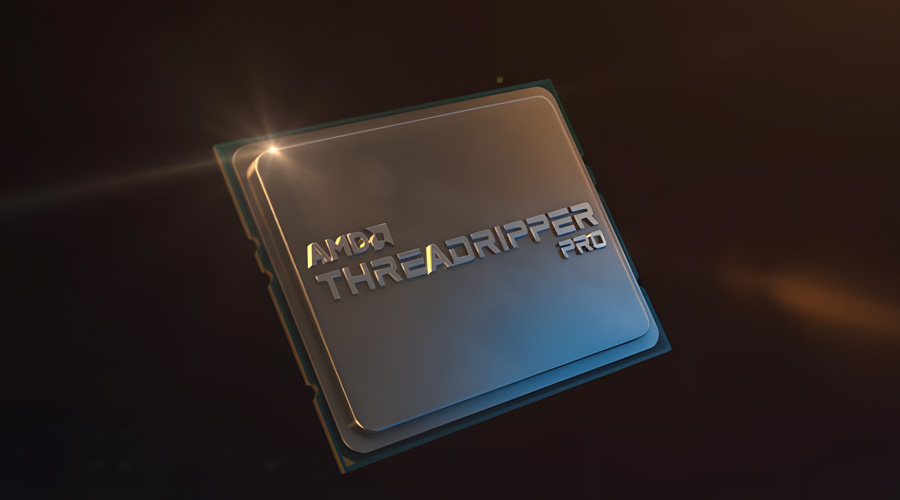Go Socket TCP
TCP is a connection-oriented (a connection must be established before data transmission: TCP three-way handshake), reliable, byte-stream-based transport layer protocol. Data is transmitted like a continuous flow, which can lead to the problem of packet sticking.
TCP Server
A TCP server can simultaneously connect to many clients. In the Go language, creating multiple goroutines to achieve concurrency is convenient and efficient, so a goroutine is created to handle each established connection. The processing flow of a TCP server:
- Listen on a port
- Receive client requests and establish connections
- Create goroutines to handle connections
import (
"bufio"
"fmt"
"net"
)
func main() {
//Listen on a port
listener, err := net.Listen("tcp", "localhost:8080")
if err != nil {
fmt.Println("Error listening:", err.Error())
return
}
defer listener.Close()
fmt.Println("Listening on: 8080")
//Receive client requests
for {
conn, err := listener.Accept()
if err != nil {
fmt.Println("Error accepting:", err.Error())
continue
}
//Handle connections in the new goroutines
go process(conn)
}
}
// Process client connections
func process(conn net.Conn) {
defer conn.Close()
//Read data from the client
message, err := bufio.NewReader(conn).ReadString('\n')
if err != nil {
fmt.Println("Error reading:", err.Error())
return
}
fmt.Println("Message received:", message)
//Send responses to the client
_, err = conn.Write([]byte("Message received: " + message))
if err != nil {
fmt.Println("Error writing to the client:", err.Error())
return
}
}TCP Client
The process of a TCP client for TCP communication:
- Establish a connection with the server
- Send and receive data
- Close the connection
import (
"bufio"
"fmt"
"net"
"os"
"strings"
)
func main() {
//Connecting to the Server
conn, err := net.Dial("tcp", "localhost:8080")
if err != nil {
fmt.Println("Error connecting:", err.Error())
return
}
defer conn.Close()
fmt.Println("Connected to server")
//Read user input
reader := bufio.NewReader(os.Stdin)
for {
fmt.Print("Enter message: ")
message, _ := reader.ReadString('\n')
//Remove whitespace characters (such as spaces, tabs, newlines, etc.) before sending the message
message = strings.TrimSpace(message)
if message == "exit" || message == "quit" {
return
}
//Since all whitespace has been removed, explicitly add back "\n" here to let the server know when the message ends
message += "\n"
//Send the message to the server
_, err := conn.Write([]byte(message))
if err != nil {
fmt.Println("Error writing:", err.Error())
return
}
//Read the response from the server
response, err := bufio.NewReader(conn).ReadString('\n')
if err != nil {
fmt.Println("Error reading:", err.Error())
return
}
fmt.Print("Server response:", response)
}
}The Process of TCP Three-Way Handshake
First Handshake
- The client sends a TCP SYN packet (SYN=1) to the server, which includes a randomly generated sequence number (seq=client_seq).
- The client enters the SYN_SENT state, waiting for a response from the server.
SYN=1,seq=client_seq
Second Handshake
- Upon receiving the SYN packet, the server must send an ACK packet (ACK=1) to acknowledge receipt of the client's SYN packet (ack=client_seq + 1).
- Simultaneously, the server also sends its own SYN packet (SYN=1), including a randomly generated sequence number (seq=server_seq).
- The server enters the SYN_RECV state.
SYN=1,ACK=1,seq=server_seq,ack=client_seq + 1
Third Handshake
- After receiving the SYN+ACK packet from the server, the client sends an ACK packet (ACK=1) to acknowledge receipt of the server's SYN packet (ack=server_seq + 1).
- The client sets its sequence number to one more than the sequence number from the first handshake (seq=client_seq + 1).
ACK=1,seq=client_seq + 1,ack=server_seq + 1。At this point, both the client and the server enter the ESTABLISHED state, and the connection establishment is complete.
The Purpose of TCP Three-Way Handshake
First Handshake
- The client sends a network packet, and the server receives it.
- The server concludes (i.e., whoever receives, whoever confirms): The client's sending capability is normal.
Second Handshake
- The server sends a packet, and the client receives it.
- The client concludes: The server's receiving and sending capabilities are normal. However, at this point, the server cannot confirm whether the client's receiving capability is normal.
Third Handshake
- The client sends a packet, and the server receives it.
- The server finally concludes: The client's receiving capability is normal.
Therefore, three handshakes are required to confirm that both parties' receiving and sending capabilities are normal.
Take a break
👉👉👉 【BTTH Year EP105】Xiao Yan refined the Ancient Phoenix Blood Essence, then talked with Elder Feng






